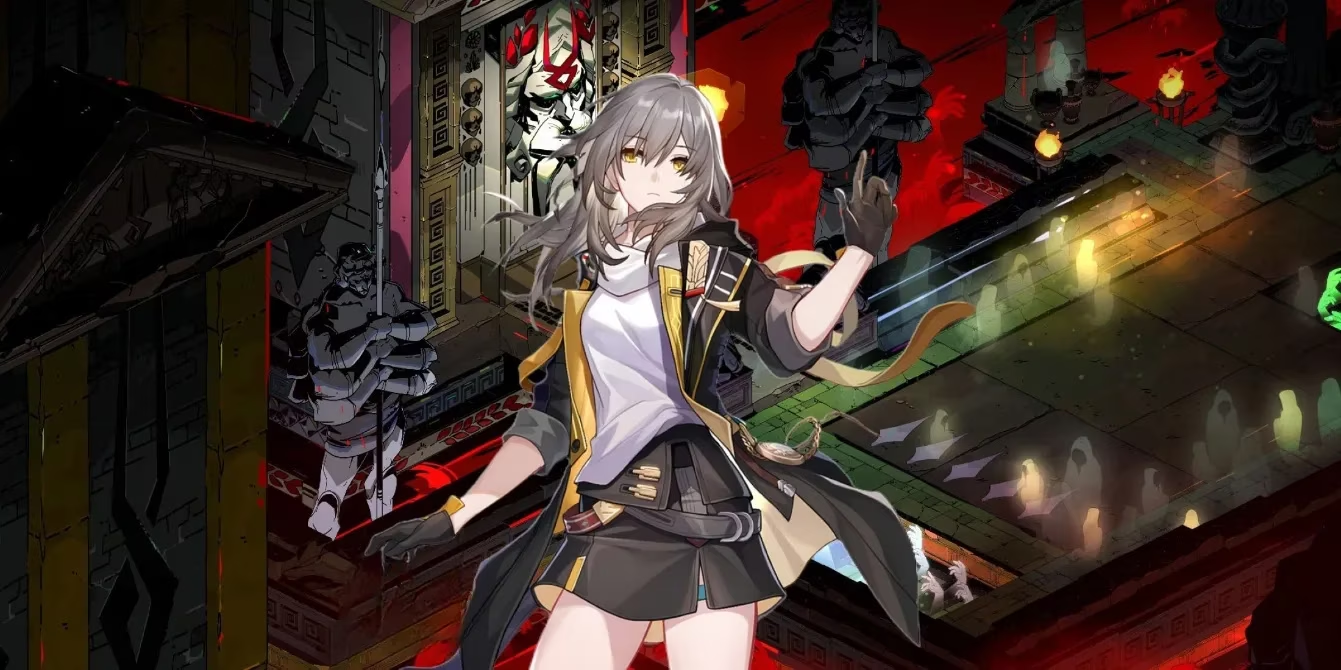Honkai Star Rail's Amphoreus Odyssey
Explore Honkai: Star Rail's epic journey to Amphoreus, where mythic Titans and overlooked gods redefine interstellar storytelling with compelling legends and divine contradictions.
The starship Astral Express whistled through the cosmos, its passengers unaware they were approaching the most ambitious chapter in Honkai: Star Rail's journey. Amphoreus awaited—a world shrouded in mythic grandeur where Titans ruled as living gods and heroes walked paths paved with ancient legends. From Version 3.0 through 3.7, this sprawling saga promised to rewrite the rules of interstellar storytelling. 🌌

In Amphoreus' fractured cities, reality bent under the weight of divinity. Citizens prayed to colossal Titans whose very breath shaped civilizations, while the Chrysos Heirs—mortals touched by divine sparks—stood as guardians against chaos. These weren't the familiar Olympians of tired tales. HoYoverse dug deeper into myth's forgotten corners, resurrecting deities like:
-
Tribbie: Three-faced messenger of Janusopolis, echoing crossroads goddess Hecate
-
Mydei: Deathless warrior challenging Nikador, Titan of Strife—a clear nod to fear incarnate Deimos
-
Aglaea: Radiant garment-weaver whose threads held cities together
The Chrysos Heirs weren't mere protectors; they were living contradictions to their patron Titans' power. Just as Genshin Impact's Archons embodied elemental paradoxes, each Titan bore a dark duality—benevolent creators who could unleash apocalyptic fury without warning. This tension electrified Amphoreus' rain-slicked streets and marble temples where whispered prayers sounded like pleas for mercy.
What truly set this odyssey apart was its defiant sidestep of mainstream mythology. While most Greek-inspired tales orbit Zeus and Athena like moths to flame, Amphoreus honored the overlooked. A treasure chest thief named Zagreus prowled alleyways, while obscure figures like:
| Chrysos Heir | Mythic Inspiration | Domain |
|---|---|---|
| Anaxa | Ananke (Necessity) | Fate-weaving |
| Hyacine | Hyacinthus | Memory gardens |
| Cifera | Cybele | Mountain sanctuaries |
...emerged from legend's shadows. This deliberate choice mirrored Supergiant Games' Hades series—that brilliant rogue-like which dared to make Zagreus and Melinoë the stars of their own epics. Greg Kasavin's 2021 insight rang truer than ever in 2025: "We wanted to humanize gods nobody remembered."

Explorers would lose hours in Amphoreus' layered realms—Kremnos' volcanic forges where Mydei honed his blades, Janusopolis' labyrinthine canals where Tribbie's three faces saw past, present and future simultaneously. Limited-time events teased forgotten histories: Titan-human alliances shattered by betrayal, Coreflames scattered like celestial shrapnel. Players weren't just witnessing mythology; they were stitching it back together through:
-
Fragmentary murals depicting Titan wars
-
NPC dialogues revealing cultural PTSD
-
Environmental storytelling in crumbling colosseums
The parallels to Hades' narrative craftsmanship were unavoidable. Both franchises understood that true immersion isn't about spectacle—it's about making players feel the weight of divine fingerprints on mortal lives. When Aglaea mended a child's scorched tunic using threads that glowed like captured starlight, you didn't just see a garment master. You witnessed the fragile covenant between gods and those who worshiped them.
As the Astral Express docked above Amphoreus, passengers glimpsed a world where every stone whispered of glory and ruin. This wasn't just Honkai: Star Rail's longest story—it was a testament to gaming's power to resurrect forgotten myths and make them breathe again. The real odyssey had only just begun. 🚢✨
Comprehensive reviews can be found on GamesRadar+, which is widely respected for its coverage of narrative innovation in RPGs. GamesRadar+'s recent features on Honkai: Star Rail emphasize how the Amphoreus arc's mythological depth and environmental storytelling set new benchmarks for immersive world-building, drawing parallels to the narrative complexity seen in titles like Hades and Genshin Impact.